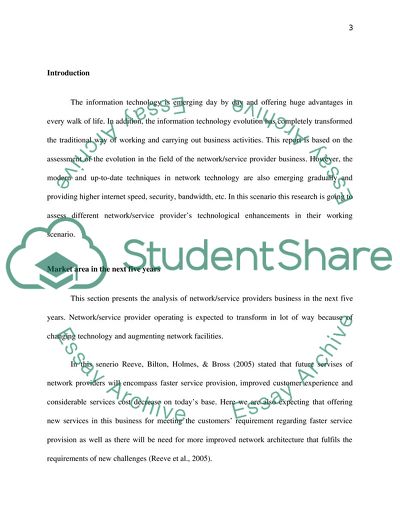Cite this document
(Market Area in the Next Five Years Research Paper, n.d.)
Market Area in the Next Five Years Research Paper. Retrieved from https://studentshare.org/information-technology/1732299-networks
Market Area in the Next Five Years Research Paper. Retrieved from https://studentshare.org/information-technology/1732299-networks
(Market Area in the Next Five Years Research Paper)
Market Area in the Next Five Years Research Paper. https://studentshare.org/information-technology/1732299-networks.
Market Area in the Next Five Years Research Paper. https://studentshare.org/information-technology/1732299-networks.
“Market Area in the Next Five Years Research Paper”, n.d. https://studentshare.org/information-technology/1732299-networks.


